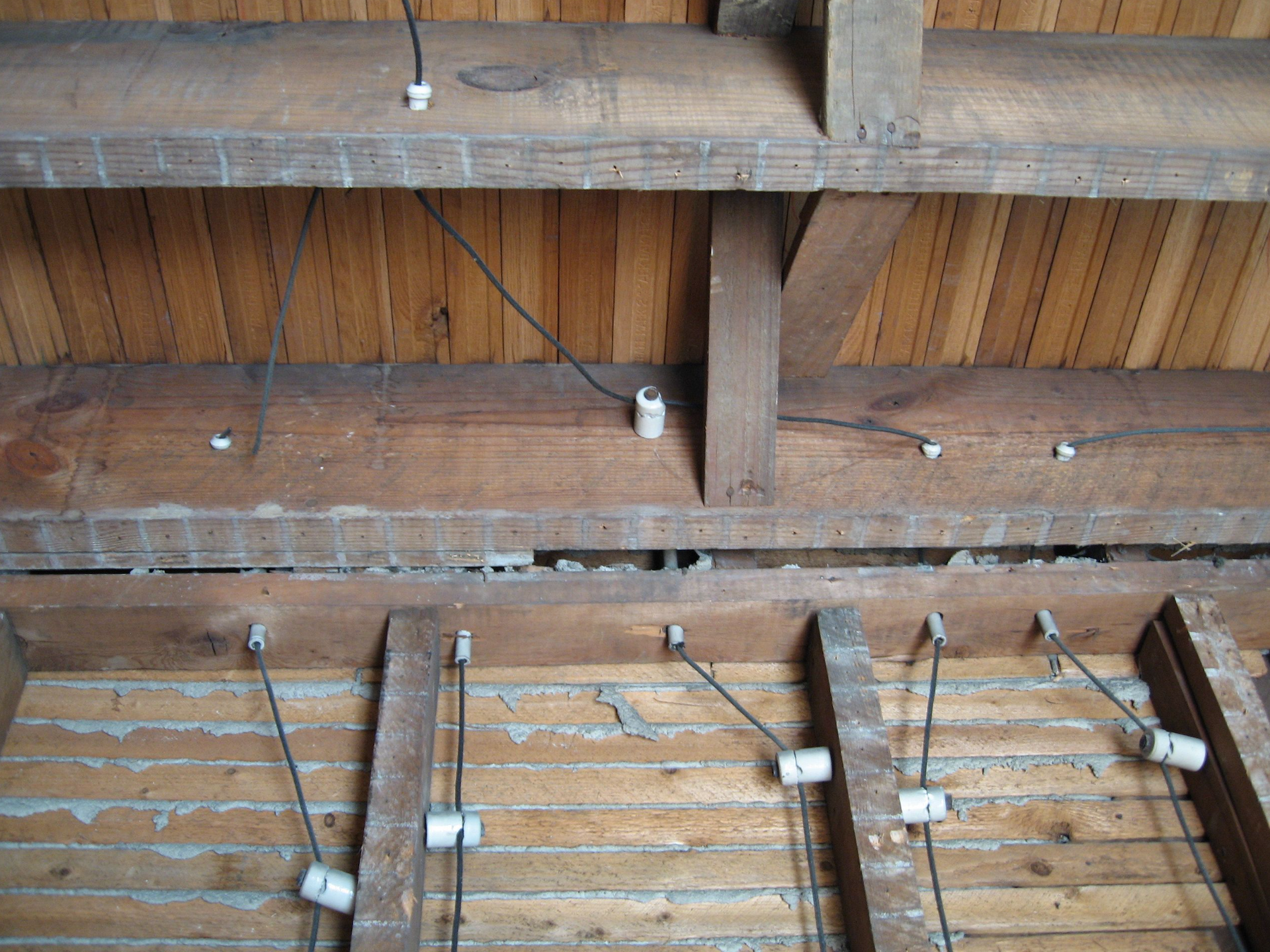Are They a Contractor or Handyman?
Contractor VS. Handyman - What's the Difference?
When it comes to home improvement or repair projects, understanding the disparities between contractors and handypersons is crucial. The primary distinctions lie in licensing, insurance, certifications, skills, abilities, and work specialization.
Contractors typically specialize in specific trades, gaining unparalleled expertise in their chosen field. This specialization is supported by licensing, commercial liability insurance, and certifications, demonstrating their commitment to professionalism. Additionally, contractors invest in high-end specialty tools and equipment, honing their proficiency over years of hands-on experience. Established contractors with legitimate businesses offer a higher level of accountability, making it easier to address any inaccuracies in their work.
Conversely, handypersons often adopt a more generalist approach, embracing a "one size fits most" philosophy. While they can proficiently handle various tasks, their lack of specialization may limit their authority in specific areas. Handypersons typically operate without insurance, licenses, or legal business entities, posing potential risks to property owners. In the event of errors or accidents, liability may fall on the homeowner's insurance, as handypersons often lack the proper coverage. Moreover, their inability to create and enforce contracts may leave both parties unprotected, as they operate outside the legal boundaries set by state or local regulations.
In conclusion, selecting between a contractor and a handyperson depends on the nature and scope of your project. While handypersons can be suitable for smaller tasks, due diligence is essential when hiring any service provider. Thoroughly researching the individual's background, credentials, and reputation ensures that you make an informed decision. As the adage goes, you get what you pay for, emphasizing the importance of investing in skilled and reputable professionals for your home improvement needs.
You might also like
Toolbox Talk



